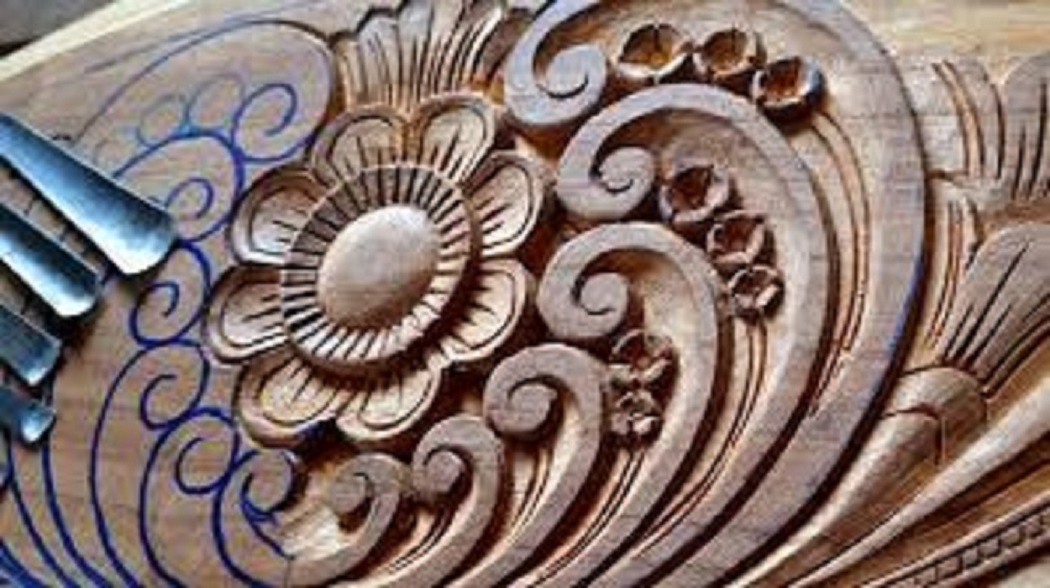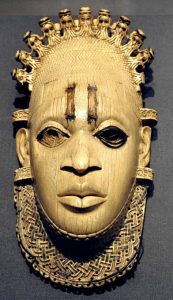
Image credit: Popular Woodworking
Wood carving is a traditional and artistic craft that involves the intricate and skilled manipulation of wood to create decorative and functional objects. This ancient craft has been practiced for centuries across various cultures and continues to captivate artisans and enthusiasts alike. Here, we’ll explore the art of wood carving, its history, techniques, and its enduring appeal.
History of Wood Carving:
The history of wood carving dates back thousands of years. It has been found in archaeological remains from ancient civilizations such as Egypt, China, and Mesopotamia. Wood carving has been used for various purposes throughout history, including religious artifacts, architectural embellishments, and decorative items. In medieval Europe, intricate wood carvings adorned churches and cathedrals, while in Asia, wood carving was used for intricate relief carvings and sculptures.
Tools and Materials:
Wood carving requires a set of specialized tools designed for cutting, shaping, and detailing wood. Common tools include chisels, gouges, knives, mallets, and rasps. The choice of wood is also crucial, with carvers selecting different types of wood based on their hardness, grain, and suitability for the project.
Techniques:
Chip Carving: This technique involves removing small chips or wedges of wood from a flat surface to create geometric patterns or intricate designs. It’s often used for decorating boxes, furniture, and other small items.
Relief Carving: In relief carving, a design is carved into a flat panel, leaving the design raised above the background. This technique is commonly used for architectural details and decorative panels.
Sculptural Carving: Sculptural carving involves creating three-dimensional forms and figures from a block of wood. It requires a high level of skill and can result in lifelike sculptures or abstract art pieces.
Whittling: Whittling is a simple form of wood carving where a knife is used to remove small pieces of wood to create basic shapes and figures. It’s a popular pastime and a great way for beginners to learn carving techniques.
Power Carving: With the advent of power tools like rotary tools and chainsaws, wood carving has evolved to include power carving techniques. These tools allow carvers to work more quickly and efficiently on larger projects.
Enduring Appeal:
Wood carving continues to be popular for several reasons:
Artistic Expression: Wood carving allows artists to express their creativity and craft intricate designs and sculptures.
Cultural Significance: Many cultures have a rich tradition of wood carving, and it plays a significant role in their art and heritage.
Functional Art: Wood carvings can be both decorative and functional, serving as furniture, architectural elements, or religious artifacts.
Connection to Nature: Working with wood connects carvers to nature and the beauty of natural materials.
Skill Development: Wood carving requires patience, precision, and skill, making it a rewarding and challenging hobby or profession.
In conclusion, wood carving is a timeless art form that has a rich history and continues to thrive in the modern world. Whether you’re a seasoned artisan or a beginner, the world of wood carving offers a captivating journey into the realms of creativity and craftsmanship, where a simple piece of wood can be transformed into a masterpiece of art and culture.
What’s your impression about this story?
Kindly like and share.





















